Samuel Bernard (1615-1687)
A painter and an engraverSamuel Bernard came from a Reformed Church family and was a key member of the group of Protestant artists who contributed so much to the XVIIth century. He recanted after the Revocation, when he was in his seventies.
An artist
Samuel Bernard was born on 8th November, 1615 in Paris. His father, one of the many artists living in the Saint-Germain area, taught him the rudiments of his profession. Later, he was a pupil of Simon Vouet and Louis du Geurnier.
Samuel painted in oil and gouache – he also did engravings. He engraved portraits of several people, including Louis du Guernier, a painter of miniatures who worked with him and who was also, like him, one of the first members of the Academy. In fact, they were both appointed teachers at the same time, in 1655.
A Protestant
Samuel Bernard came from a Reformed Church – both his father and grandfather were Protestants.
On 8th October 1685 he was married in Charenton church. The couple had nine children, who were all baptised in Charenton. One can see from the names of the godparents that Samuel Bernard had strong links with the circle of Protestant artists. His eldest child’s godfather was Thomas Pinagier. His second and third children also had Protestant godparents : Marie’s godfather was Louis Testelin, Gabriel’s godmother was Sebastien Bourdon’s wife, Suzanne du Guernier, the sister of Louis. Samuel Bernard is the father of the well known financier, who was baptised in Charenton in 1651.
A Protestant artist who converted to Catholicism
On 10th October 1681, the king gave orders that the Protestants lose their jobs at the Academy, so Samuel Bernard, Henri Testelin, Louis Ferdinand and Jean Michelin all resigned. Although Louis Ferdinand’s son, Jacques Rousseau and Mathieu Lespagnandelle had not been present at the meeting, they were also forced to resign on the king’s orders and were replaced by Catholics.
On 16th October 1684, he went to the funeral of his grandson Samuel, (the son of the financier) at the churchyard of Saints-Pères, which was for those of the Reformed faith. But, under pressure after the Revocation, he renounced his Protestant faith.
The Academy gave him back his post as Teacher/Advisor on 27th October 1685, after his recantation. On 24th June 1687 he died at his home in the “rue de l’Université” and was buried by the clergy of Saint-Sulpice.
Bibliography
- Books
- JAL Auguste, Dictionnaire critique de biographie et d’histoire, Plon, Paris, 1867, Volume 4
- MONTAIGLON Anatole de, PV de l’Académie Royale de peinture et de sculpture (1648-1792), publiés pour la Société de l'Histoire de l'Art Français d'après les registres originaux conservés à l'Ecole des Beaux-Arts
Associated notes
-
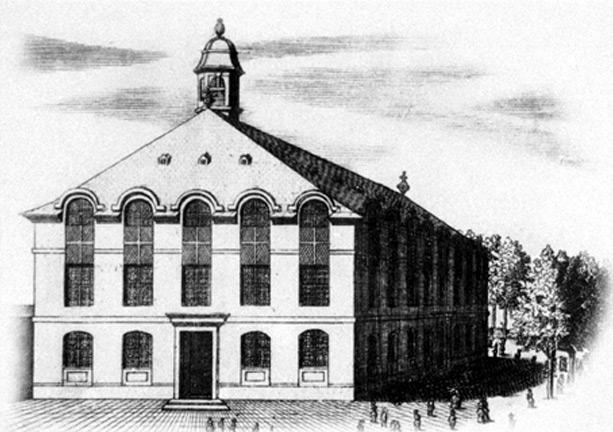
Charenton (Val-de-Marne)
This was one of the major works of Salomon de Brosse, the architect who designed the Palais du Luxembourg (Senate) for Marie de Médicis (1623). -
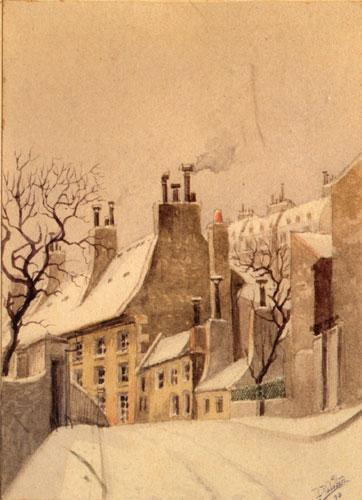
The "Gobelins"
The name “Gobelins” represented many things ; an area in Paris, a tapestry workshop, but also, from the Protestant point of view, a family belonging to the Reformed faith and a... -
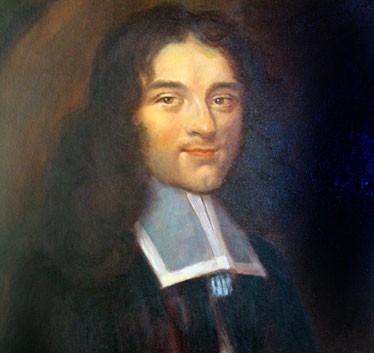
Pierre Bayle (1647-1706)
Pierre Bayle can be seen as a forerunner of the Age of Enlightenment because the concept of tolerance was of great importance to him and, a true scholar, he specialized... -

Louis Du Guernier (1614-1659)
Louis du Guernier was born in a Reformed Church family several members of which were artists, but he was the best known. He was deeply religious but also had a... -
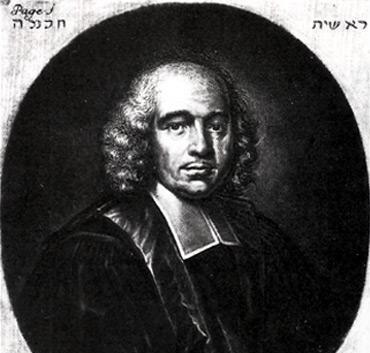
Pierre Jurieu (1637-1713)
Pierre Jurieu was a pastor of the “refuge” and defended the rights of the people in the kingdom of Louis XIV. -
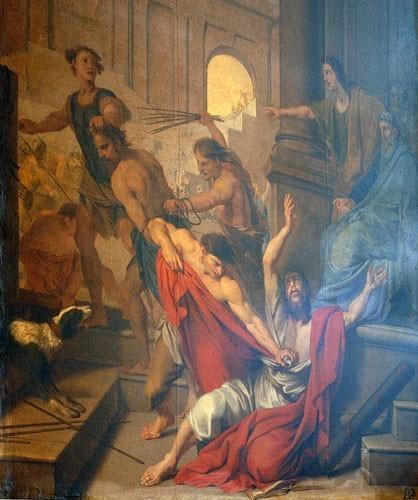
Louis Testelin (1615-1655)
At the time Louis Testelin was an artist, belonging to the Reformed Church did not prevent one from having a brilliant career.
